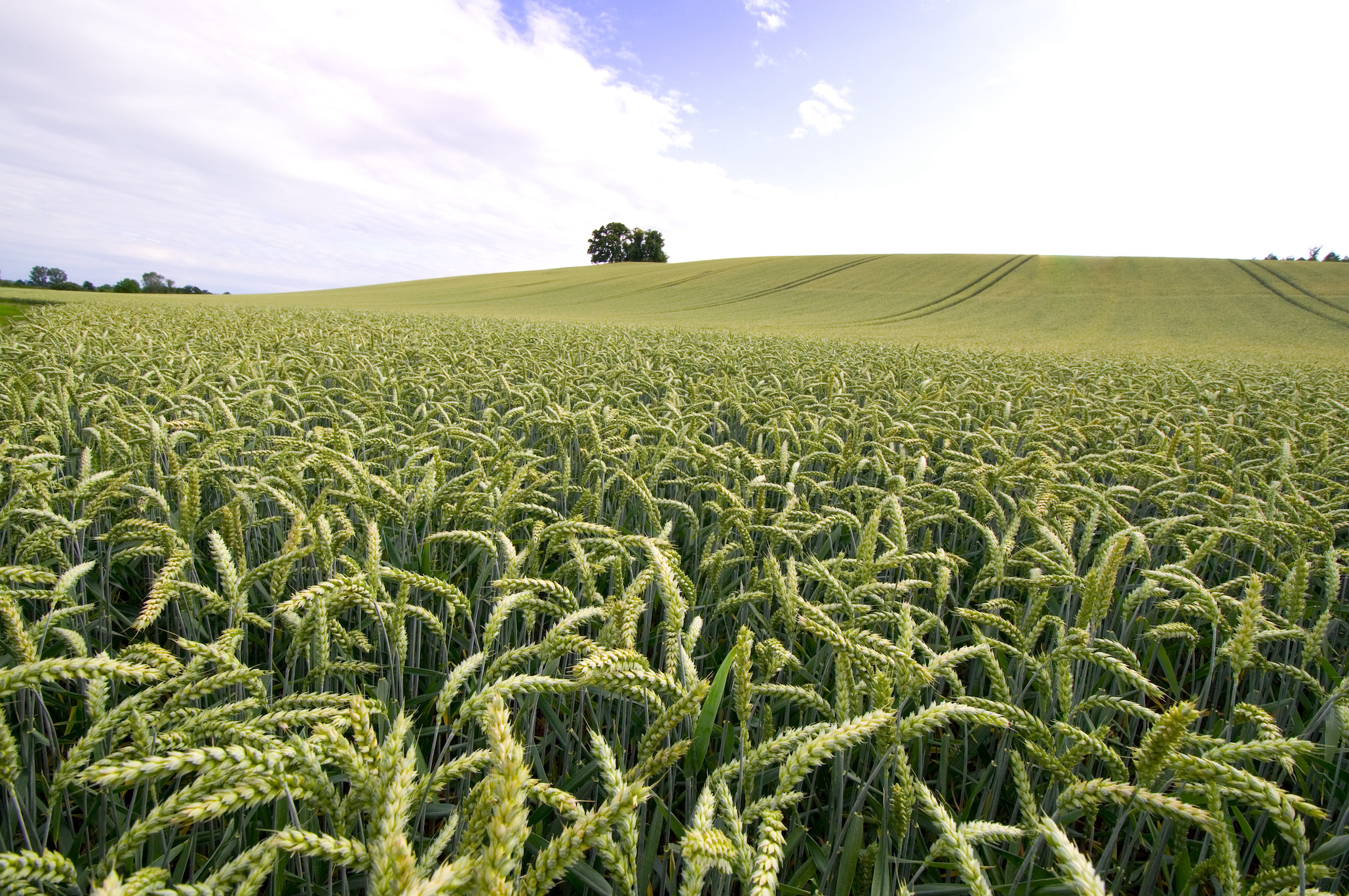High Wheat Management
Mar 12, 2024

By Pete Clothier, Agronomy Sales Specialist | Western Region
As we warm up, the time to start evaluating our wheat stands is quickly approaching us. Winter wheat will only tiller for a short time after it breaks dormancy in early spring so evaluating where you are for stand density can be very helpful when determining your timing & rate for your first nitrogen application. In most areas, we had a favorable fall for getting wheat planted timely so I would expect it did most of its tillering in the fall but that should be confirmed with some scouting. When doing a tiller count on a 7.5” row, if less than 70 tillers/ft2 (or 40 tillers in 12” of row) are present, apply 50-60lbs nitrogen along with 15-20lbs of sulfur to promote more tillering. If greater than 70 tillers/ft2, apply 30-50lbs of nitrogen along with 15-20lbs of sulfur to support tillers but not promote more tillering. The weather at that time of year can be very unpredictable so using a nitrogen stabilizer such as Instinct NXT Gen at 24 oz/A is a good insurance plan to assure that the nitrogen you apply will be utilized and not lost.As we progress into the spring and we approach Feakes 5 (just before jointing), we should be looking at getting the second application of nitrogen on. Depending on your yield potential for your area, 1lb nitrogen/bushel is a good target, or in our area, I would like to get to a total of 80-110 lbs of nitrogen with this application, while adding another 10-15 lbs of Sulfur. If it’s possible to get a tissue sample before this application, that can be very useful for addressing any specific issues you might be dealing with including micronutrients. With our dry applications, I like using WinfieldUnited’s Corn Mix LS at a rate of 10lbs/acre along with this sidedress application to address all of micronutrient needs.
With good fertility in place, the other critical management pieces with high management wheat are good disease protection and weed control. Between the stages of Feekes 4-7 is when an application of herbicide should happen. This application could also be coupled with Palisade EC at 10.5-14 oz/A to improve standability and reduce lodging. As we approach flag leaf emergence (Feekes 9-10) we should be looking at the first fungicide application to protect from foliar diseases. Ideally, this should happen at our about 50% flag leaf emergence as the flag leaf contributes to about 65% of the grain yield so protecting that from diseases is paramount. Lastly, an application of Miravis Ace at 13.7 oz/A at 50% head emergence (Feekes 10.3-10.5.2) for superior control of fusarium head blight will put you in the best position for your maximum yield potential and grain quality.
